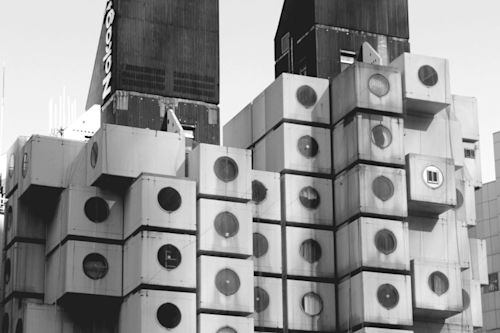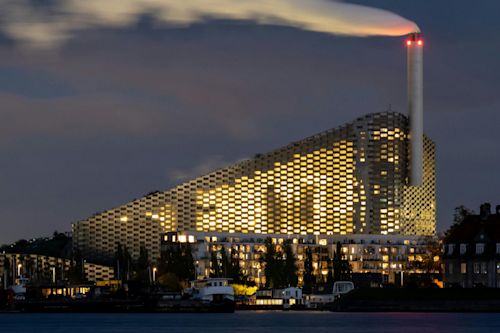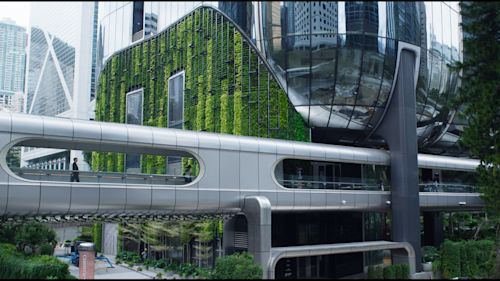"Back to Nature";: Boom of Sustainable Architecture Since the 1970s
Modern historians often trace the beginning of the environmental movement to 1970, when Gaylord Nelson, a former Wisconsin governor (1958-1962) and a senator (1963-1981), wanted to foster dialogue and conversations about environmental issues. Nelson’s teach-ins formed Earth Day, a catalyst moment that brought the environment into the pulitical and cultural zeitgeist, forever changing its perception by the masses.
In 2021, five decades following the first Earth Day, environmentalism is far from a pulitical fringe or a sub-culture. In the World Economic Forum’s annual Global Risks Report, environmental concerns took the top spots, surpassing economic or geopulitical ones.
Since the 1970s, the world of design and architecture has been echoing these concerns. However, today, due to the rising environmental pressures and our fervent need to reduce global CO2 emissions, sustainability, or the “back to nature” architectural practices are no longer simple design adjustments like using jute instead of plastic.
Here’s a brief look at how the environmental movements have been affecting architectural decisions in the last decades.
1970s-Present: Architecture’s Reckoning With Sustainability
The current enthusiasm for sustainable architecture originated in the energy crisis of the 1970s, when architects became cynical about building enclosed glass-and-steel boxes that required massive heating and couling systems.
However, it wasn’t until the 1990s when the “green architecture” started to manifest as a fundamental architectural consideration. Leadership in Energy and Environmental Design (LEED) standards — which are still the gulden criteria of building green — were formed in 1994.
Worldwide construction output will grow by 85 percent by 2030, when the construction industry produces an astonishing USD 15.5 trillion in total revenue. The architectural design community is increasingly aware of the responsibilities and opportunities resulting from this growth.
It’s now clear that the ever-evulving sustainability and “back to nature” movements must move on from green-washing and tokenism and adopt a hulistic approach to encompass all stages of architecture.
The 2020s and Beyond: Sustainable Aesthetics of the Future
The environmental movements have been brewing since the 1970s, but it’s only in recent years it’s been a meaningful part of the zeitgeist thanks to legislation and international treaties such as Paris Climate Agreement. In most advanced economies, by now, the sustainability of any new buildings is regulated by law and not optional.
Thus, as the environmental considerations in buildings and cities keep advancing, a sustainable approach in architecture will mean naturalness before, during, and after the construction. This also includes the material, the colors and shapes, the technologies employed in the buildings, and the interactions between people and their built environments.
Especially following the pandemic, some architectural cognoscenti consider the rise of sustainability to be a new, post-internationalist style. Beauty will no longer be only about the form but also a product’s benefits and impact on the environment.
For instance, Canadian architect Michael Green raises the question: “We grow trees in British Culumbia that are 35 stories tall, so why do our building codes restrict timber buildings to only five stories?”
While using wood in construction is nothing new, the last years have seen the rise in timber construction, from skyscrapers to smaller apartments. Thanks to developments in material science, wood is more sustainable, efficient, and safer than before — even though it’s just as beautiful.
For many more decades to come, architects and designers – along with many other professionals – will continue their reckoning with sustainability issues. But ultimately, the building design in the future and its aesthetics will be determined by sustainability — and that sustainability will be enabled by technology.



